Happy New Year! It seems like just yesterday I made my barbecue trend predictions for 2021. And it WAS yesterday when I made 5 BBQ trend predictions for 2022! But I have more! 5 more in fact. Here—in no particular order—are MORE of my predictions for 2022!
BBQ Trends for 2022
1. Move over salmon; make way for branzino: For many years, salmon was America’s default fish for grilling. High-end restaurants serve it wild; more budget-minded establishments serve farmed salmon—its price cheap, its texture soft as eiderdown. It became a fish reliably present whether technically in season or not. The new kid on the block is branzino, a delicate white-fleshed fish from the Mediterranean with a semi-firm flake and a buttery flavor. (Sometimes, it’s sold as European sea bass or loup de mer.) Weighing 1 to 2 pounds, branzino makes an ideal fish for grilling whole or in fillets, and its mild, sweet flavor makes it popular among a wide swath of piscivores. Much of it arrives farmed from Europe (hum—carbon footprint), but sometimes you can find wild branzino from Greece. In the upcoming season of Project Fire, watch me grill branzino over fennel stalks—the way they’ve done it for centuries on the French Riviera.
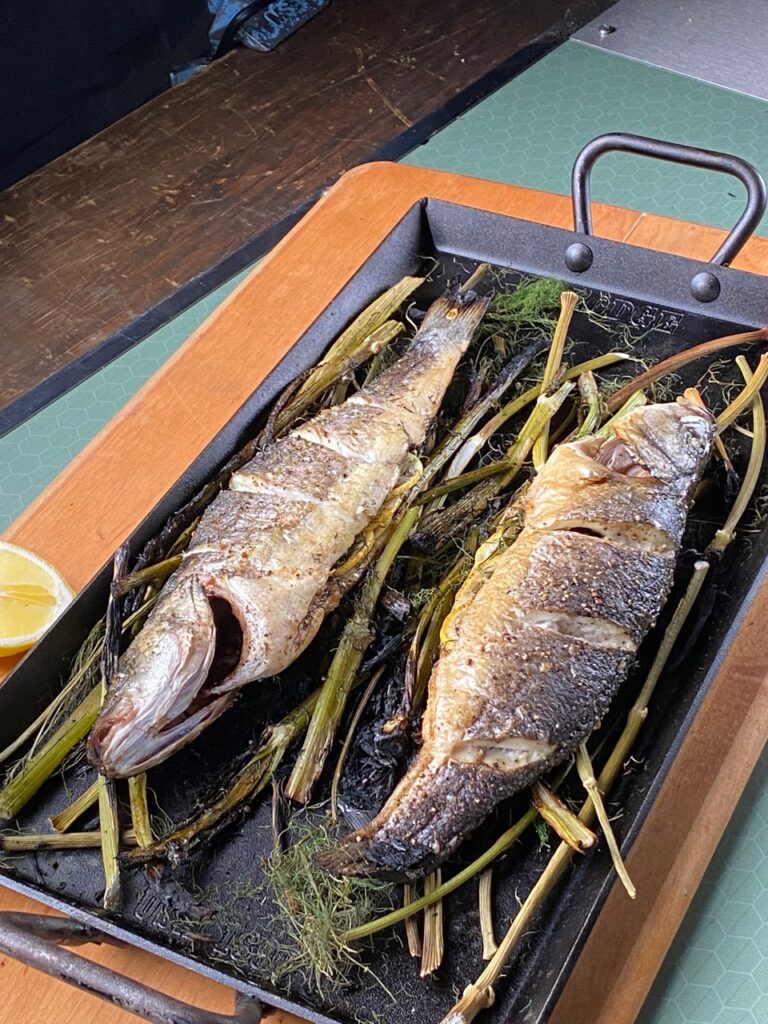
Branzino
2. African grilling: It was only a matter of time. That our unquenchable hunger for global grilling should take us to the place where grilling began: Africa. It was here— perhaps in what is now Kenya or Ethiopia or more likely in South Africa —that a distant human ancestor called Homo erectus first put food to fire. In the coming year, I predict you’ll be reading about and tasting a lot of African grilling, from yassa (Senegalese vinegar-, lime-, and scotch bonnet-marinated, grilled chicken or seafood) to suya (Nigerian peanut chile beef kebabs); from sosati (South African apricot and beef or pork skewers flavored with red wine and curry powder) to dibi (Senegal’s mustard-slathered grilled goat or lamb). And of course, there will be “stick meat”—West African beef kebabs flavored with powdered bouillon cubes and cayenne pepper. Small skewers? Maybe, but get ready for oversize tastes and a delectably different palate of flavors.
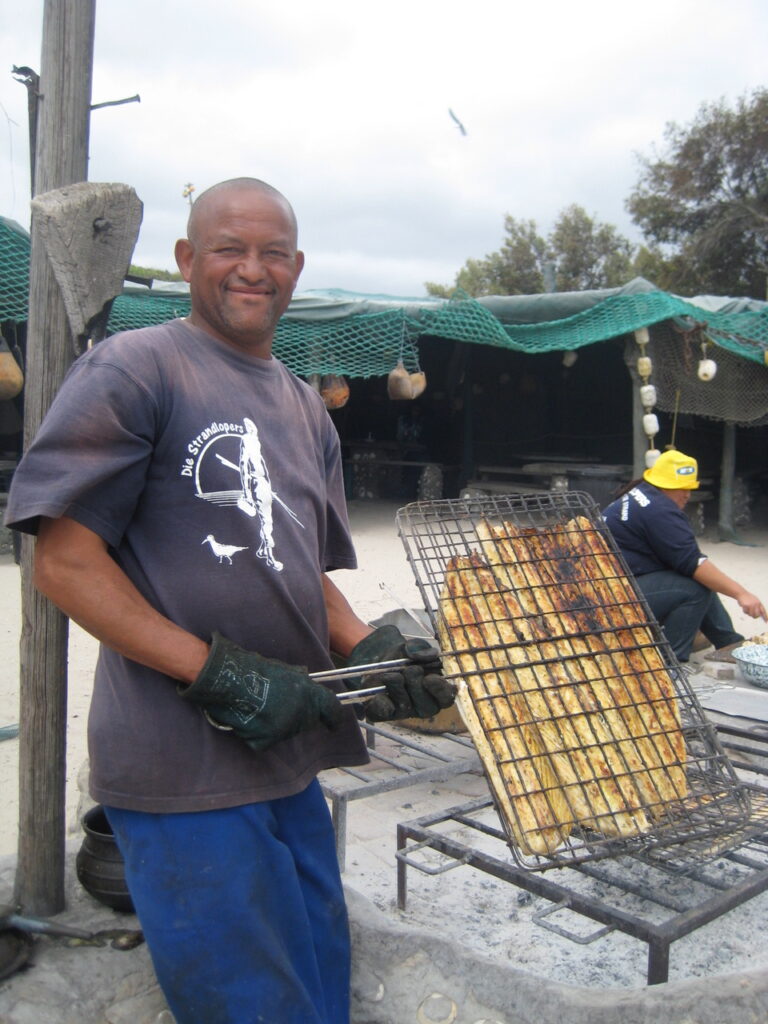
3. Frozen meat becomes cool: Oh, what a pandemic will do to long-held prejudices! Prior to Covid, I almost never ate frozen meat or seafood, and when I couldn’t get fresh, I ate tofu. Opening your freezer prior to firing up your grill always felt to me like cheating. Well, thanks to the shopping constraints imposed by Covid, coupled with the rise of boutique online meat purveyors, such as Crowd Cow, Holy Grail Provisions, Allen Brothers, and D’Artagnan, frozen meats have gone from stigmatized to chic. In fact, frozen is about the only way you can get A5 wagyu beef from Japan, for example, or lumina lamb from New Zealand, or grass-fed steak from any of a hundred small family farms scattered around North America. You can certainly make an argument that high quality meat frozen right at the processing plant is in better shape than fresh meat that has knocked around a supermarket cold case for a week. Just take the time to thaw it slowly—that is, in the refrigerator for 24 to 48 hours. Rapid thawing produces the mushy texture of what we used to think of as, well, frozen meat.
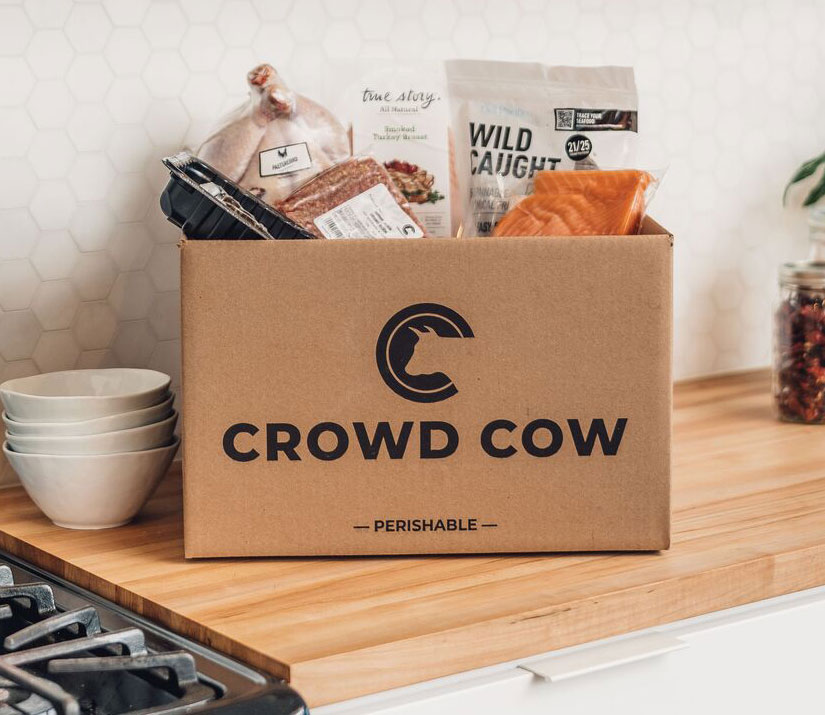
Crowd Cow
4. Rolled, stuffed, and grilled: Long before we had cookware, we had food and we had fire. Originally, we wrapped food in leaves, like banana leaves or cabbage, for roasting in the embers. This kept the filling moist and gave the wrapper a delectable smoke flavor. Over the centuries, we’ve created a whole family of wrapped, rolled, and grilled dishes–from German Spiessbraten to Italian porchetta to belt-loosening Cajun turducken. I bet we’ll be seeing a lot of two South American rolled, stuffed, grilled dishes this year: pamplona and matambre. The former is a chicken breast stuffed and rolled around salty ham, sweet prunes, crunchy red bell peppers, and hard-cooked eggs—the ensemble grilled over wood fire. Matambre, literally “hunger killer” in Spanish, features a butterflied flank steak stuffed and rolled with sausage, ham, cheese and vegetables, swaddled in bacon (OK, the later might be my contribution to this traditional Argentinean recipe) then grilled. So get ready to wrap, roll, and grill, using techniques that are as universal as fire and nearly as ancient as grilling itself.
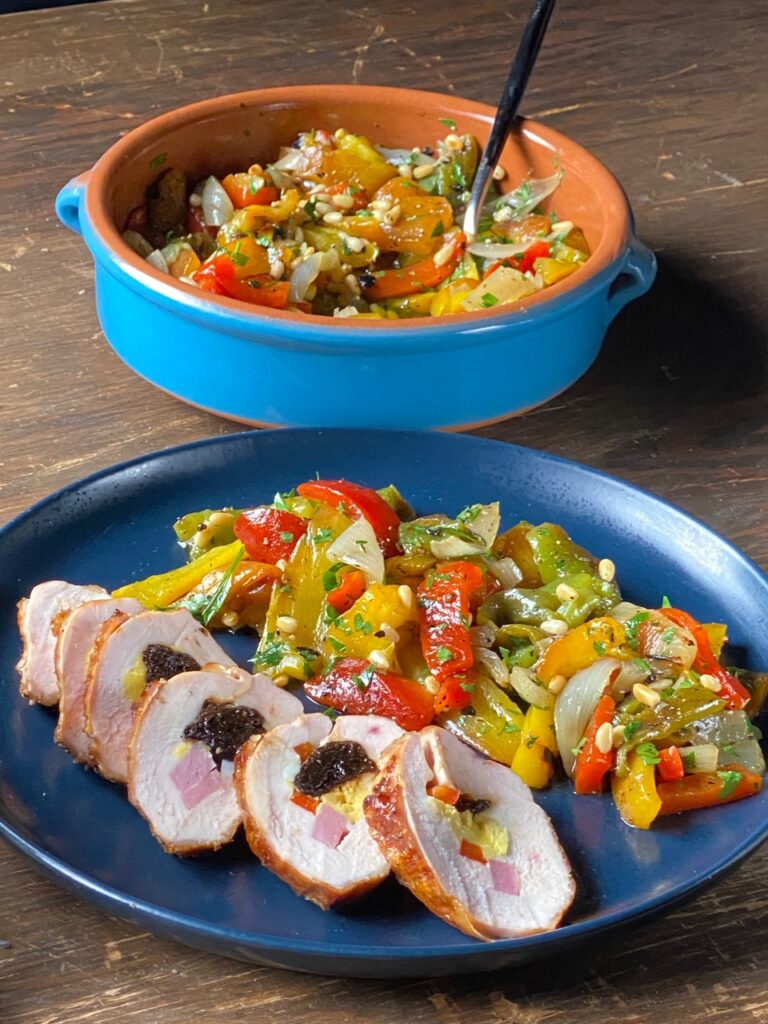
pamplona-of-chicken
5. Barbecue will survive and thrive—everywhere: Covid 19 wreaked havoc on the restaurant industry—and that’s as true for barbecue joints as it was for fine dining establishments. Labor shortages, soaring meat prices, mask polemics, and social distancing—it’s a wonder why anyone would want to continue in this business, much less open a new restaurant. But American barbecue continues not only to survive, but proliferate—not only in the U.S., but around the planet. From a barbecue superstore in the Czech Republic (check out www.grilovani.cz) to a pitch-perfect restaurant called Smoke Texas Barbecue in Tours, France. From a popular barbecue society with a huge membership in Mexico (https://soyparrillero.mx) to a booming barbecue retail empire, BBQ Quebec, run by my French-Canadian friend, Maxime Lavoie. Closer to home, expect shorter hours, smaller staffs, and more limited menus, as American barbecue restaurants continue to navigate the recovery from Covid. Look for more ethnic barbecue influences, from Mexican to Korean to Vietnamese. But rest assured that barbecue restaurants are alive and well and only getting better!
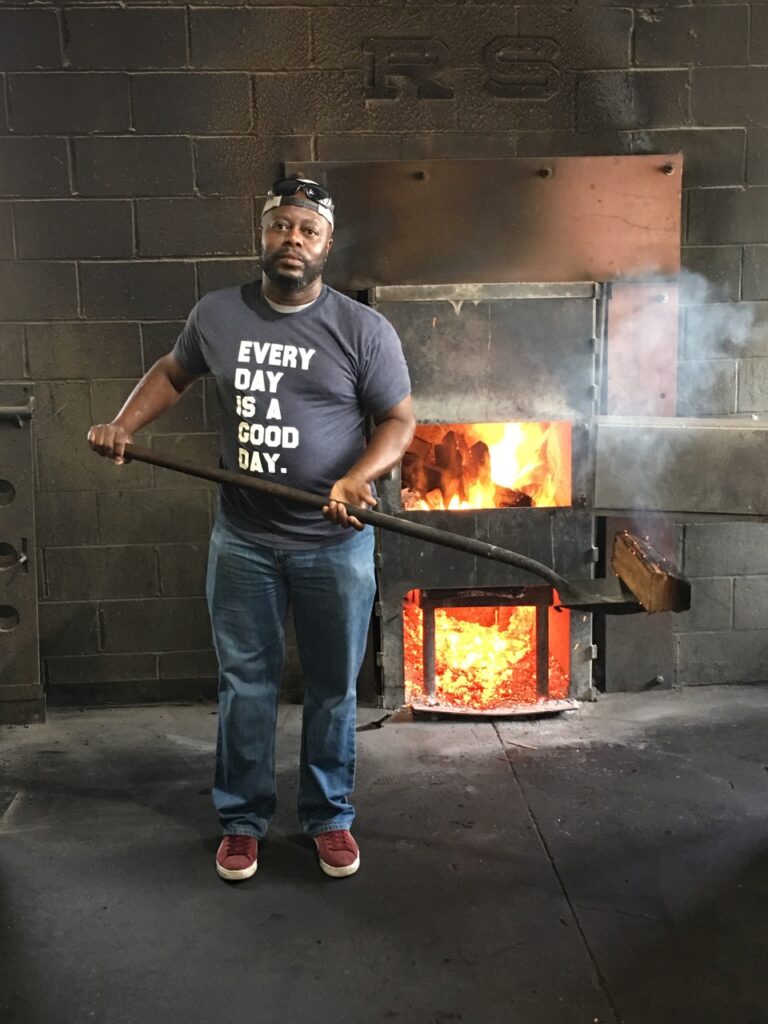
Rodney Scott in Charleston
What do YOU see in your barbecue future? Predicting a trend? Let us know on Facebook, Twitter, Reddit, or Instagram!
The post 5 MORE Exciting BBQ Trends for 2022 appeared first on Barbecuebible.com.
------------------------------------------------
By: Daniel Hale
Title: 5 MORE Exciting BBQ Trends for 2022
Sourced From: barbecuebible.com/2022/01/04/5-more-exciting-bbq-trends-for-2022/
Published Date: Tue, 04 Jan 2022 11:00:18 +0000
Did you miss our previous article...
https://smokergrillreviews.com/grilling-favorites/peppercorn-crusted-steaks-with-duck-fat-fries






